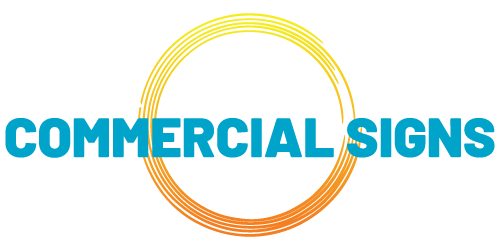Language is intended to illuminate meaning; however, it doesn’t always work like that. As usage advances, definitions become adrift, and different people begin using the same word to mean something completely different.
People think “brand” is one of those words that is frequently used but sometimes misunderstood. What is the meaning of “brand”, and how the application of word has changed over time?
Brand is initial definition of the name given to products or services from a particular source. Utilized in this way, “brand” is comparable to the present meaning of the word “trademark.”
Where did Branding Come From?
More than a hundred years ago, cattle ranchers utilized branding irons as a way to specify which cows were theirs. As the cattle moved throughout the plains on their way to Chicago bound slaughterhouses, it was easy to establish which ranches they were from since each cattle head was branded.
With the advancement of packaged goods in the 1800’s, producers put their mark on a broad range of merchandise— bread, cough drops, sugar, and alcohol to specify their source. In the late 1880s, for instance, as the Coca-Cola Company was beginning, there were a lot of soda created in each market. Prior to Coca-Cola getting a customer to reach for a Coke, they needed to make sure the customer could make a distinction from Coke from all the other bubbly caramel-colored drinks on the market.
In the basic sense of the word, then, a brand is merely an uncommon name for a product that lets us know the source of it.
Brand Names
Previously, we referred to these uncommon names as “brand names.” When Boomers were getting older, marketers could have stated that Proctor & Gamble was selling a laundry detergent using the brand name Tide. Presently, people just say P&G sells the Tide laundry detergent. Issue with that is that the shorthand implies there’s no variation between a brand name and a brand. However, in current marketing, there is.
Starting in the later years of the 1900’s, marketers started to understand there was more to the outlook of distinguished products and services than their names. Marketers ascertained that they could produce a specific outlook in customers’ minds addressing the qualities and attributes of each uncommon product or service. They took to referring this outlook “the brand.”
Basically, your “brand” is what your prospective customers thinks of when hearing your brand name. It’s everything the public thinks it understands concerning your name brand providing—both factual (for instance It comes in a small pink colored box), and emotional (for instance it has meaning). Your brand name occurs impartially; people notice it. It’s set. However, your brand occurs only in someone’s thoughts.
Actually, one of the ways people sometimes see that a brand is advancing is when its customers begin to refer to it by something different than its brand name. Consider “FedEx” or “Tar-jé.” This only occurs when customers feel enough of a relationship with a product to give it a nickname—which, in the instances just mentioned, happily strengthens the brand characteristics Federal Express and Target seek to promote speed and efficiency for the former and budget friendly chic for the latter. However, oftentimes, customer outlooks can be a pain in the neck for brand managers.
Sign Design and Installation by Arizona Commercial Signs
Are you ready to talk signage with us? Schedule a free consultation with Arizona Commercial Signs by calling us directly at 480 921-9900 or fill out our contact form. We can’t wait to fabricate the signage your business requires!



